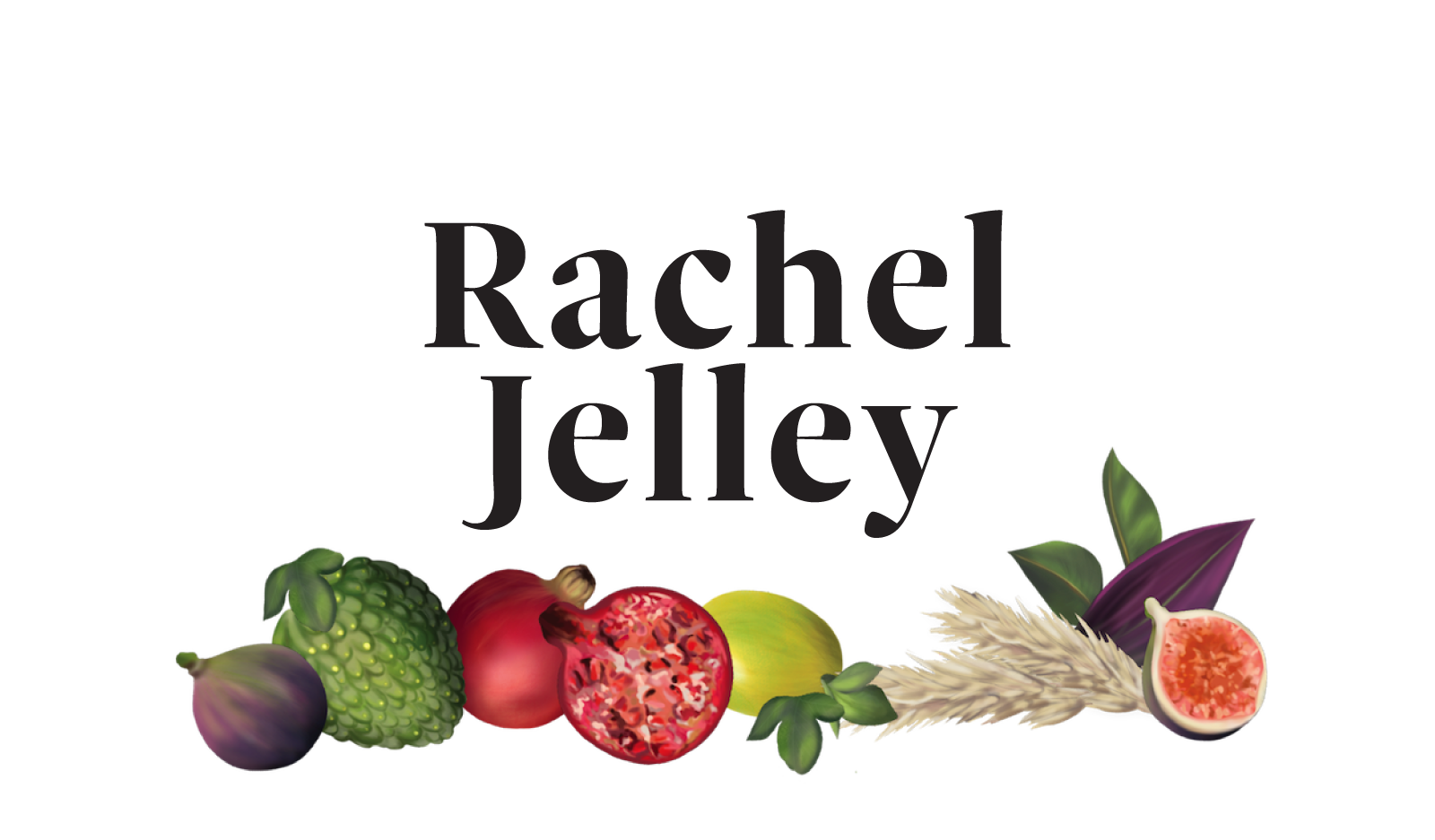Easy pickled anything
/Hello my loves,
Earlier this week I got my pickle on for the first time in several months, and it reminded me just how much I adore this age-old kitchen pastime, so today I’m sharing my recipe for Easy Pickled Anything. There are many things I love about pickles, but my top four would have to be:
💜 They’re easy
💜 They’re beautiful
💜 They’re delicious
💜 They’re canny
Allow me to elaborate. In recent years, pickles seem to have become shrouded in mystery, inhabiting a realm of uber-Grandma skills where few dare to venture. The truth is, pickling is easy. Repeat after me. It is easy, easy, easy. You are literally chopping some veges and popping them in a jar with some spices, then mixing vinegar, water and salt together, and pouring it in. Lid on, and your pickles are done. No, you do not need special jars. Ones with pop-tops (the buttons on the lid that pop when you unscrew them) are best – recycled jam/pickle/mustard/olive/whatever jars are totally fine to use. But you can also use non pop-top jars if that’s all you have, just keep your pickles in the fridge if you do.
There is nothing more beautiful than a shelf full of pickles. They just look so adorable all tumbled in their jar, floating in spices and a gorgeous brine. If you’re in the market for a homemade gift that’s as satisfying to create as it is to receive, pickles are for you. And people, they are delicious. You can pickle anything, cucumbers work wonderfully of course, but I’ve had great success with zucchinis, green tomatoes, radishes, and even grapes! The grapes were bloody amazing. Tomatoes, beans, fennel, onions, garlic – you name it, you can pickle it, and enjoy it for months and years to come.
But I’ve saved the best till last. Pickles are canny. They are the ultimate waste-combating weapon (alongside your trusty spatula of course 🙂). Got a vege-draw situation in your fridge, with last week’s poor old zucchinis shrivelling and threatening to dissolve? Cut out the bad bits, maybe give them a peel if the skin looks dodgy, and pickle those mofos right into a new and delicious life. Pickles are also really economical, the perfect pocket-friendly gift of love for any occasion that calls for one.
So, it’s clear I love pickles. A lot. Read on for my recipe for Easy Pickled Anything, but before you do, please accept my best wishes for a beautiful weekend, the third-last of the year. Yes my love, we are nearly there. Who knows what 2021 will bring, but I know that I'm ready for a rest, and at the end of next week, I'm getting it. Bring. It. On. Whatever this weekend holds for you, I wish you a happy heart. May your pickle shelf overflow with goodness forevermore 💛.
Easy pickled anything
Makes about 4 x 500ml jars of pickles
Ingredients
For the brine
600ml water
600ml white vinegar or apple cider vinegar
4 tablespoons salt
2 tablespoons sugar (or a little more if you like your pickles sweet)
For the pickles
One large onion plus 2 tablespoons salt
1kg of your pickling vege of choice
4 cloves garlic, sliced
2 teaspoons dill seeds
2-4 teaspoons chilli flakes (depends how spicy you like it)
8 bay leaves
2 teaspoons whole peppercorns
12 whole cloves
4 teaspoons yellow mustard seeds
2 teaspoons allspice berries, lightly crushed
Optional: 3 teaspoons ground turmeric (adds an earthy flavour, and makes pale-coloured veggies turn a light yellow 🙂)
Thinly slice the onion and place in a ceramic or glass bowl with the salt. Cover and set aside for at least 30 minutes. Sterilise your jars by washing them, then putting them in a 110C oven for 15 minutes. Sterilise your lids by pouring boiling water over them, and leaving to sit for 5 minutes.
Put all the ingredients for the brine into a saucepan, stir to dissolve, then cover and bring to the boil on the stove. Once the brine has boiled, turn the heat off so it doesn’t boil down and become too salty. It will need to be boiling hot when you pour it into the jars, you can just fire it up again right before you’re ready to pour if it’s cooled down too much.
While the brine is coming to the boil, prepare your vegetables as follows:
For softer veges like zucchinis and cucumbers, slice into thick quarters lengthways, and adjust length to fit jars if necessary. Only peel if the skin looks dodgy - otherwise leave it on.
For firmer veges like radishes and fennel, I use a mandolin to thinly slice them (though not paper-thin, maybe 1-2mm thick).
For large tomatoes, slice them 3-4mm thick. For cherry tomatoes and grapes, slice in half or leave whole.
Set the prepared vege aside while you mix all the spices (except the garlic and bay leaves) together in a small bowl. Add the turmeric to the bowl if you’re using it. Rinse the salt from your sliced onions.
Take your hot jars from the oven, then half-fill them with your prepared veges. Divide the garlic, bay leaves and sliced onions equally between the jars, adding them on top of your veges. Then divide your spice mix between the jars.
Give each jar a few firm bangs on your bench-top – this helps settle the veges in, and creates more space in the jar. Fill the jars with the remaining vege, banging on the bench-top to settle them as required. Once the jars are filled, pour the boiling-hot brine into the jars - remember it should have just boiled, so pop a flame under it just before you pour it if necessary. Quickly give the jar bottoms a final (and somewhat gentler) bang on your bench-top to help remove any air bubbles, then pour in a little more brine so the jar is filled right to the top. Seal each jar with its lid as soon as you finish it - you want to work reasonably quickly here to keep the heat in. If you run out of brine, you can top up the jar with a little just-boiled water.
Stand the jars until they are cool, and store in your pantry or refrigerate until needed. You can start using your pickles after about a month, if you can wait that long! It's worth the patience if you can muster it, as they’ll get better and better over time, and can last for years.
Note
1. If you’ve been reading up on pickles, you might have heard about heat processing (ie boiling the filled jars and sealed jars in water). I don’t do this. I’ve found the above method to be more than enough to create delicious pickles 💛.
Love, Rachel xxx







